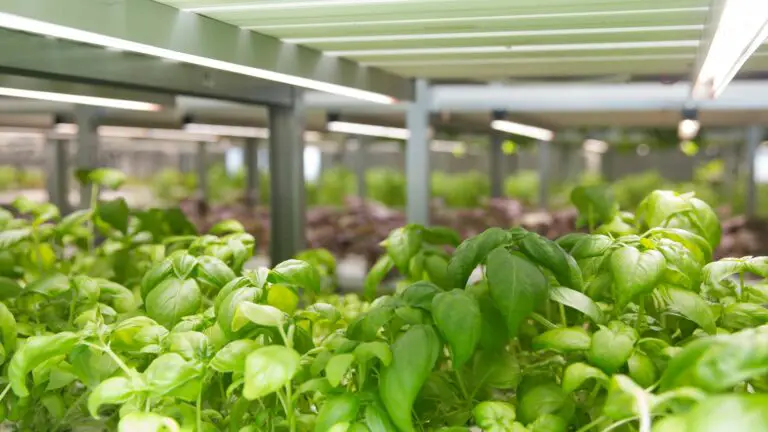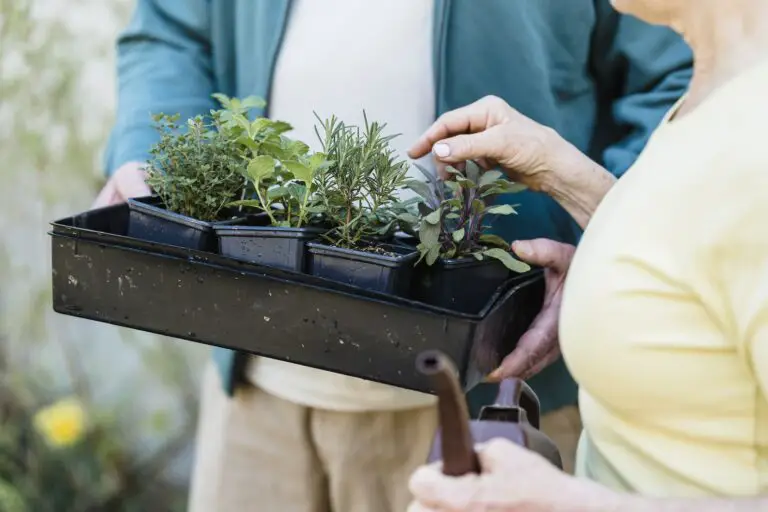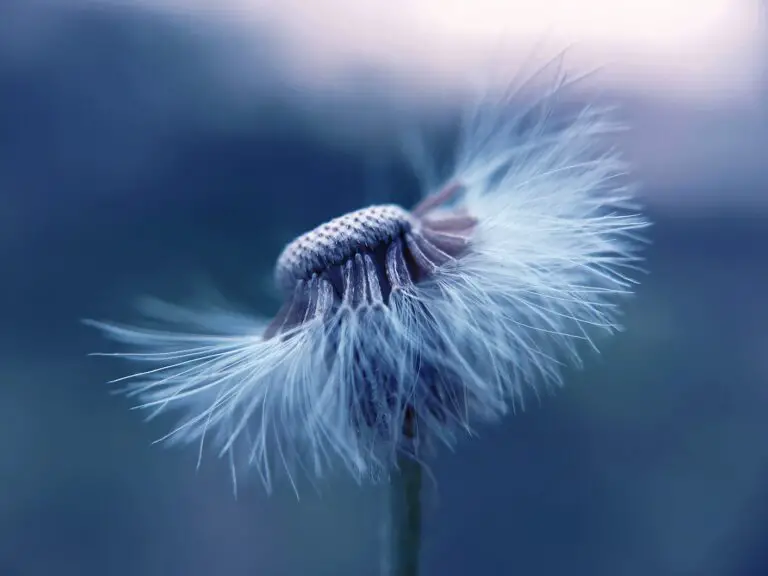What Are the 10 Ways to Avoid Over or Underwatering Your Seedlings in Hydroponics?
Disclosure: Your purchases through our links may earn us a small commission, supporting our site’s ability to provide valuable information to our readers. Rest assured, it won’t impact your price. Thank you for your support.
Watering your plants correctly is one of the most important aspects of hydroponic gardening. If you water them too little, they will die from dehydration. If you overwater them, they will become waterlogged and will not be able to get the oxygen they need to survive. This blog post will discuss the ways to avoid over or underwatering your seedlings in hydroponics!
Let’s have a look at the ten ways.
1. Make sure that you have a drainage system in place.
By doing that, the water can drain away from your plant roots. This will prevent them from becoming waterlogged and help them get the oxygen needed to survive. Use a grow tray with a drainage hole or a hydroponic reservoir with an overflow system. Some hydroponic systems, such as the Nutrient Film Technique (NFT), have a built-in drainage system. To improve drainage, you can also add perlite or vermiculite to your hydroponic growing medium if possible.
2. Check the moisture level of your growing medium regularly.
Regularly check the moisture level of your growing medium to see if it needs watering. You can feel it with your fingers. If it feels dry to the touch, it is time to water your plants. Another way to check is to use a moisture meter.
3. Invest in a quality watering system.
Invest in a quality watering system such as drip irrigation, hand watering, or automatic watering systems. Therefore you can control how much water your plants are getting, which will help you control the water your plants are receiving and ensure that they are getting just enough!
4. Make sure that your plants are getting enough light.
If they get more light, they will need more water because they will transpire more water through their leaves. If you think the plants are not receiving enough light, try moving them to a brighter location or adding artificial lighting such as grow lights.
If plants receive less light than required, they will etiolate and become long and thin in an attempt to reach the light source. Long and thin plants are more susceptible to drying out, so giving your seedlings enough light from the start is important. So, ensure you provide your plants with the right light and water according to their needs!
Related:
Does Grow Light Temperature Matter?
The Best Grow Light Strips for Your Indoor Plants
How Far Should Grow Lights Be From Plants That Are Growing Indoor
Grow Light vs. Sunlight
5. Make sure that your plants are getting enough nutrients.
Plants that are deficient in nutrients will transpire more water in an attempt to get the nutrients they need. If they are not, they will not be able to grow and thrive. So, it is important to ensure that your plants get enough nutrients from the start. Ensure that you are feeding them a balanced diet of nutrients and that you are not over or under-feeding them.
Related:
NPK for Hydroponics: How It Works and Why It Matters?
10 Advantages of Organic Hydroponic Nutrients in the Kratky Method
6. Make sure that the water pH is correct.
The pH level of the water in hydroponic farming affects how well the plants can absorb the nutrients from the water. If the pH level is not in the range required, the plants will not be able to absorb the nutrients they need and become nutrient deficient. If it is not, your plants will not be able to absorb the nutrients they need from the water. It is essential to ensure the pH level of your water is between six and seven. You can use a pH test kit or ph meters to test the pH of your soil or growing medium.
Related: How to Keep the PH Level of Each Hydroponic Growing Medium?
7. Make sure that the water temperature is correct.
Ensure your water temperature is correct so as not to harm your plants or stunt their growth. The ideal water temperature for hydroponic plants is between 65 and 80 degrees Fahrenheit.
8. Make sure that your watering schedule is correct.
Ensure you are watering them correctly according to a watering schedule appropriate for hydroponics gardening. It helps to ensure that your plants get the proper water, light, and nutrients. If you water your plants at the wrong time, you can over or underwater them, stunting their growth or even killing them. Watering hydroponic plants too often will cause the roots to rot, and if you water them too little, the plants will wilt and may die.
9. Monitor the humidity levels in your grow room.
Ensure that the grow room humidity levels are ideal for your plants. If the humidity is too high, your plants will become waterlogged and will not be able to receive the oxygen they need to thrive. Too much humidity can lead to fungal problems, and too little can cause your plants to become dried out. The ideal humidity level for a grow room is between 40 and 70%. You can use a hygrometer to measure the humidity in your grow room.
10. Keep an eye on your plants for signs of over or underwatering.
If they are wilting,yellowing, or dropping leaves, this is a sign that they are not getting enough water. If they are growing too fast, have stunted growth, or are developing root rot, this is a sign that they are getting too much water. Please pay attention to your plants and water them accordingly.

Following the above simple tips will help you avoid over or underwatering your seedlings in hydroponics and ensure they grow up healthy and strong! Appropriate watering is one of the most important aspects of successful hydroponic gardening, so make sure you give it the attention it deserves!
Thank you for reading!
Also, read:
How to Water Your Hydroponic Potatoes?
How Often to Water Your Plants With the Kratky Method?
How Often Should You Water Seedlings in Rockwool Hydroponic?
11 Steps to Choosing the Right Fan for your Hydroponic Grow Rooms
In addition to the equipment mentioned above, if you are looking for buying one or more of below listed for your garden click and select the best one suited for your garden.





